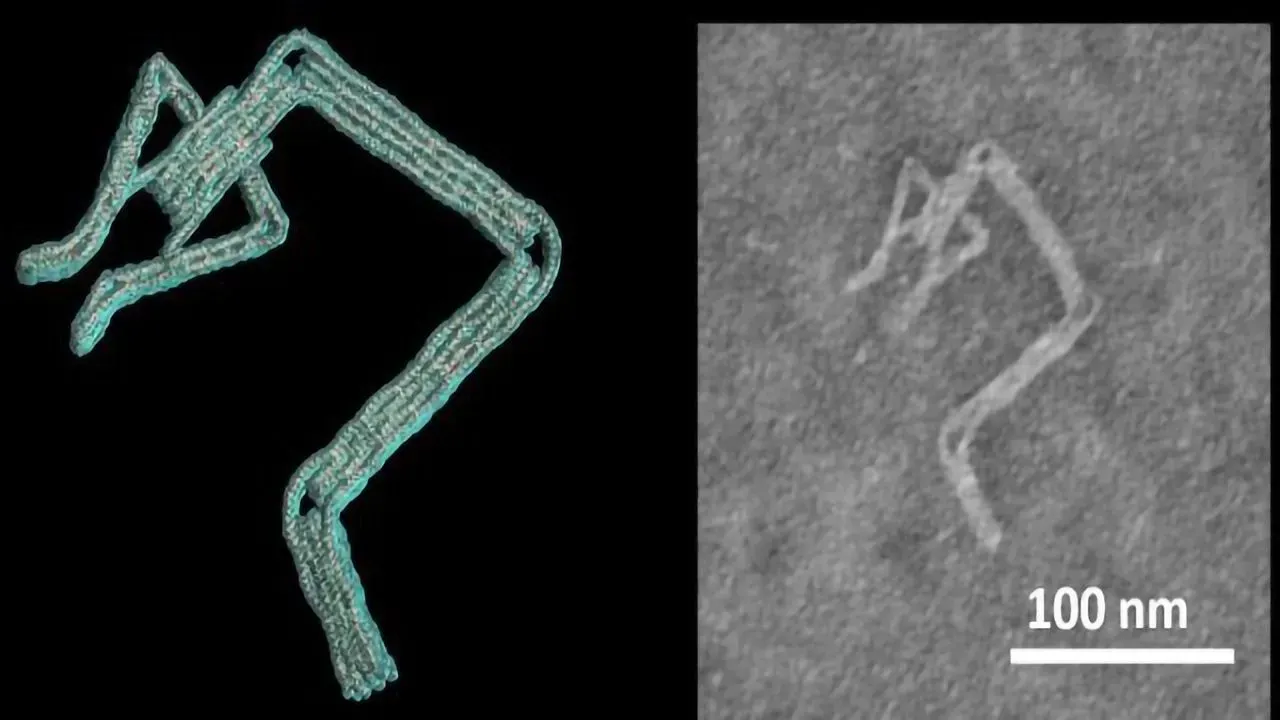Hybrid systems
Although frequently investigated in science fiction, the practical realities of emerging complex bioprocessors require a revolution of thought in how we imagine computation. These technologies have the potential to develop new network architectures, storage, and data sharing tools, efficient and massively parallel information processing, as well as self-healing, self-correcting, and self-organising computers.
Biocomputing tends to be intrinsically hybrid, scaling up towards large, distributed mixed systems that use microorganisms as well as higher-order species of the world’s fauna or flora engaged in computational operations.
In this respect, one of the popular ways of thinking about biocomputing is the concept of “wetware”, which best approximates what is going on in the case of organoid intelligence - the combination of good old-fashioned computing with “wet” neurons of the artificially cultivated micro-brains. In this respect, most biocomputers are and probably always will be “mixed” systems - a combination of electronic hardware with living matter.
By extension, brain-computer neural interfaces represent an analogical case of such a hybrid wetware pairing, with the brain of the actual living human playing the wet part here. For this reason, biocomputing means something more than just a computation with and through living matter - it is a pathway to act upon the world through computation.
Given how organisms naturally utilise their cognitive capacities to exercise goal-oriented behaviour, biocomputational interventions can lead to changing or directing the behaviour of living beings or even constructing new synthetic organisms.[1] That resonates with the earlier proposal of a programmable world advertised by some scholars. Beyond that, the hybrid systems viewpoint encompasses recent advances in biotech and experimental nanorobotics, such as the development of nanobots for medical diagnostics, targeted intravenous drug delivery, or cancer treatment.[2]
